I. The GRFBL project
The Grand Raiden Forward-mode (GRF) beam-line is being
constructed and will be finished in this (2013) fiscal year.
The beam-line will be used for a new operation mode of the
high-resolution spectrometer Grand Raiden (GR) as well as
the large-acceptance spectrometer (LAS)
at the research center for nuclear physics (RCNP),
Osaka University.
The GRFBL enables transportation of the beam to a beam dump,
which is located 25 meters downstream of the target position,
with placing the GR spectrometer at forward angles in 4.5-19.0 degrees.
The GRF beam-line realizes 1) coincidence measurements with detectors around the target, e.g.
gamma-ray detectors which are sensitive to radiation background from the beam stopper, and 2) high
beam-intensity measurements up to 1000 nA.
In parallel, CAGRA project is going on, which will combine 16 clover
Germanium detectors from US and Japan to be used at RCNP and RIBF.
These two projects are bringing world new opportunity to combine
a high-resolution spectrometer and a gamma-detector array.
Below we summarize the present plan and specification of the GRF
beam line together with possible physics researches.
III. Specification
By adding the GRFBL mode three beam-transportation modes,
Zero-degree mode, GRFBL mode, and WS_LONG mode, will become
available.
Below each of them is described.
For the CAGRA
project, a gamma-ray detector support system and a scattering chamber
will be newly designed. Thus they are not shown in the figures below.
Table 1 summarizes the specification of the three modes
Table 1. Summary of the three spectrometer modes
| mode |
beam stopper |
Max. beam intensity |
GR angle
(coverage) |
LAS angle
(coverage) |
Zero-deg
inel. scatt. |
0-deg beam dump |
~10 nA |
0 deg
(0-~3 deg) |
61-120 deg
(58-123 deg) |
Zero-deg
CEX or transfer |
In GR-D1 |
~10-100 nA |
0 deg
(0-~3 deg) |
61-120 deg
(58-123 deg) |
| GRFBL |
wall beam dump |
1000 nA |
4.5-19.0 deg
(3.5-20.0 deg) |
61-120 deg
(58-123 deg) |
| WS_LONG |
wall beam dump |
1000 nA |
25.5-70.0 deg
(24.5-71.0 deg) |
25.5-120 deg
(22.5-123 deg) |
2.1 Zero-Degree mode
The GR spectrometer is placed at zero-degrees. Owing to the vertical angular acceptance of the GR
spectrometer, scattering angle range of 0-3 degrees can be covered. The beam will be stopped at the
zero-degree beam-dump for inelastic scattering measurements and in the first dipole (GR-D1) for
change-exchange (CEX) or transfer reactions.
The LAS can be placed between 61 and 120 degrees.
The maximum beam intensity is limited by the radiation safety requirement and is 10-100 nA
depending on the beam particle and energy.
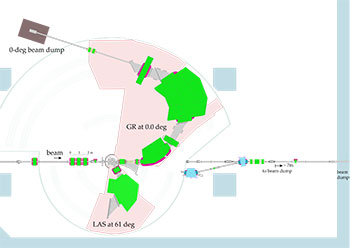
Figure 1. zero-deg mode. GR is placed at 0 deg.
The beam is stopped either at the 0-deg beam dump
or in the first dipole of GR.
2.2 GRFBL mode
The GR spectrometer can be placed from 4.5 to 19.0 degrees except
between 11.5-12.5 degrees.
Owing to the horizontal angular acceptance of the GR spectrometer, scattering angle range from
3.5 to 20.0 degrees can be measured. The GRF beam-line is optimized for the magnetic-rigidity ratio
of B rho_GR / B rho_beam = 1-2. For example, inelastic scattering B rho_GR / B rho_beam ~ 1 and
(3He,t) reaction B rho_GR / B rho_beam = 2, is well suited. For reactions with B rho_GR / B
rho_beam below 1 or above 2, the most-forward angle is larger than 4.5 degrees.
In addition, spatial angular spread of the beam on target should be smaller than 5 mr,
approximately, for 99% of the beam in order to achieve good beam transmission from the target
position to the beam dump.
The LAS can be placed from 61 to 120 degrees.
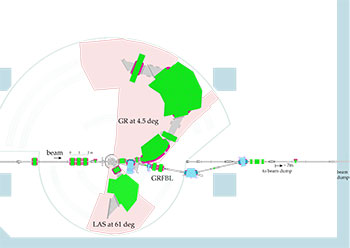
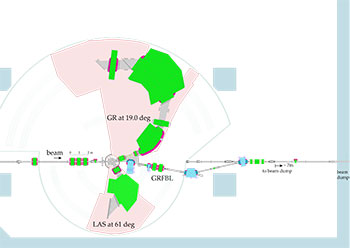
Figure 2. GRFBL mode. GR can be placed between 4.5 (left) and 19.0
(right) degrees.
2.3 WS_LONG mode
The GR spectrometer can be placed from 25.5 to 70.0 degrees. Owing to the horizontal angular
acceptance of the GR spectrometer, scattering angle range from 24.5 to 71.0 degrees can be
measured.
Spatial angular spread of the beam on target should be smaller than 5 mr, approximately, for 99%
of the beam in order to achieve good beam transmission from the target position to the beam dump.
The LAS can be placed from 25.5 to 120 degrees.
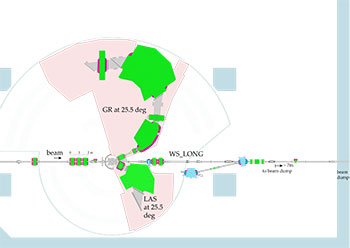
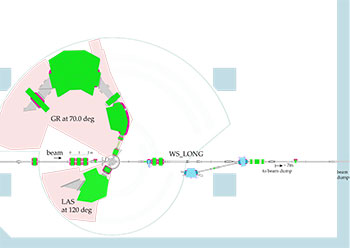
Figure 3. WS_LONG mode. GR can be placed between 25.5 (left) and 70.0
(right) degrees.






